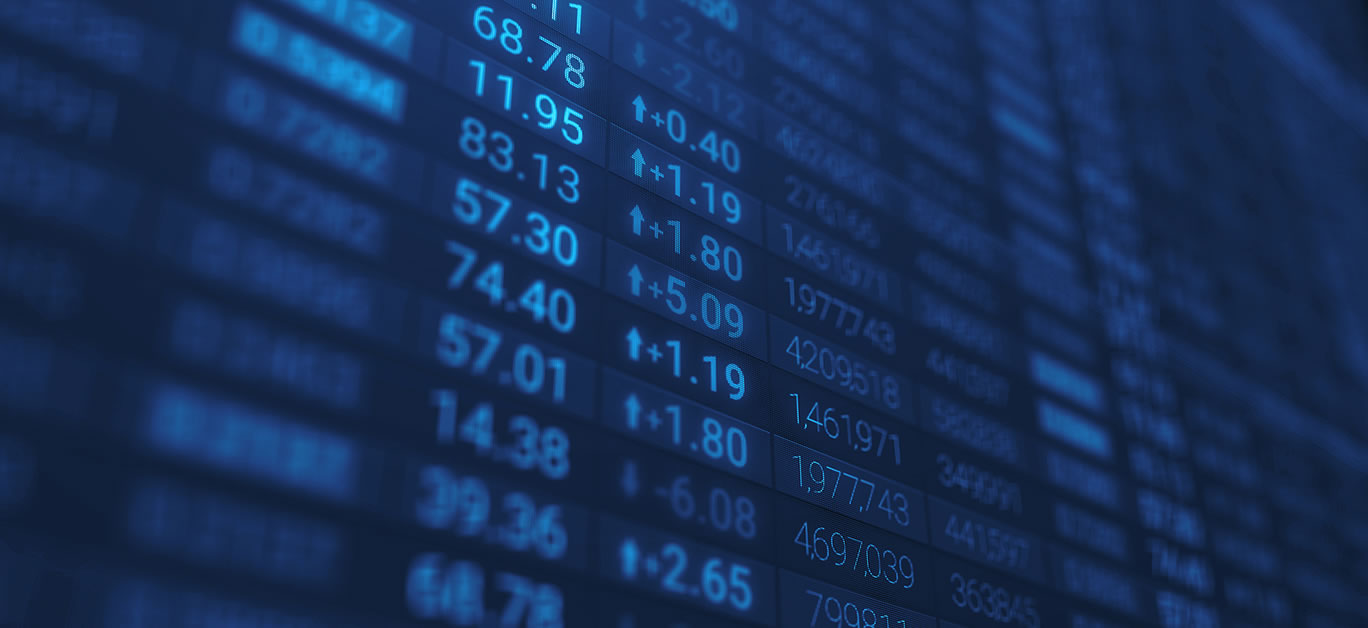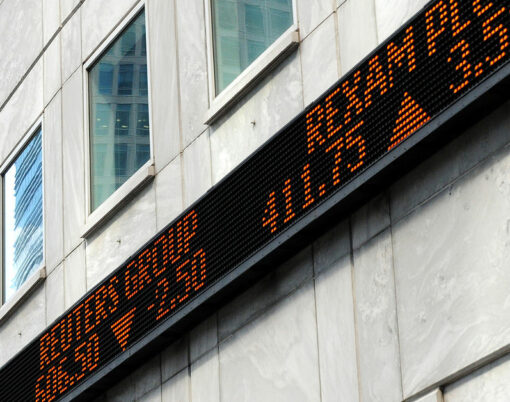Times are challenging right now, to put it mildly – you don’t need us to tell you that. The combination of a recent pandemic, precipitating the so-called ‘Great Resignation’, and geo-political tensions is making for volatile markets, crazy commodity price-hikes heavily disrupted supply chains. Is it any wonder that markets are volatile?
As traders in any asset class know all too well, volatile markets can provide huge gains if exploited expertly – but, of course, there is also greater risk involved. Astutely timed trades can see a much greater return on investment compared with more stable conditions, but poor execution could also see larger losses.
If there is any small consolation to take from cultural changes caused by the pandemic, the shift to hybrid working arrangements – bringing technology and tools to the homes of global professionals, allowing them to work for any organisation from anywhere in the world – has seen a huge shift in worker habits. Trading used to be something for Wall Street – and now any forex newbie can dabble in their markets of choice from the comfort of their home office.
From cryptocurrency to oil futures, non-traditional investors are gradually gaining confidence in their ability to compete with professional traders in the market – and you too can learn and follow some well-worn and easy to manage forex strategies.
According to Forex Beginner, there are risks associated with every trading strategy and traders must be careful. They suggest testing your strategies on a demo account first through a FCA regulated broker and learn about the associated risks and how to manage risks before trading with real money.
Here are four of the best strategies that you can follow on a demo account.
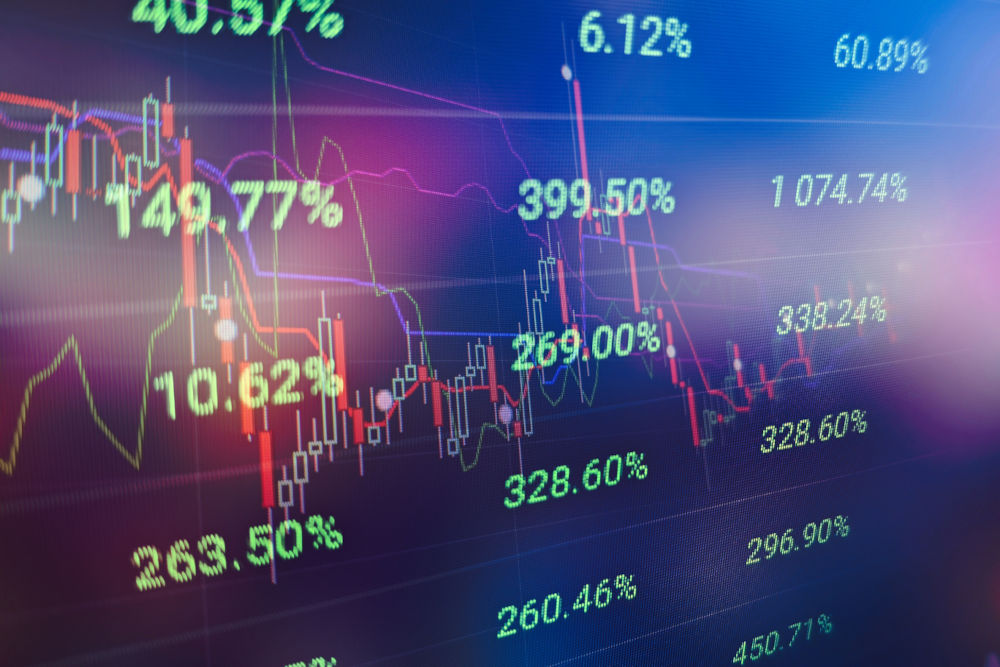
1. Breakout trading
For a less beginner forex trader, ‘breakout’ trading represents a very easy to comprehend and replicable entry-level strategy, by tracking the ‘support’ and ‘resistance’ levels of a particular currency to ascertain when a currency might be likely to break from its stable value track.
The tools for making this strategy work are remarkably simple – you just need to track the value of your chosen currencies over a period of time, identifying their ‘support’ and ‘resistance’ markers before choosing your moment.
Support refers to the price point in which a currency’s downtrend is halted by increased demand to purchase it at a ‘good price’. At the upper end of the scale, ‘resistance’ refers to the price point in which a currency’s escalating value is halted by the market’s decision to offload a quantity of their held currency as it represents a good time to sell.
Should a currency experience a ‘breakout’, moving outside of its support or resistance areas, this generally leads to market volatility, and traders can make big gains riding that wave to an appropriate selling point.
Having identified a breakout, when should you opt to jump in? Like with all investing, it depends how great a risk you are willing to take. For a conservative starting point, experts advise waiting long enough to determine that a true breakout in either direction is occurring, and setting cautious stop-losses to limit damage by a bad call. If you’re feeling bullish, though, the greatest gains can be made, in theory, by jumping straight in at a breakout point, and offloading as close to the peak as you can stomach.
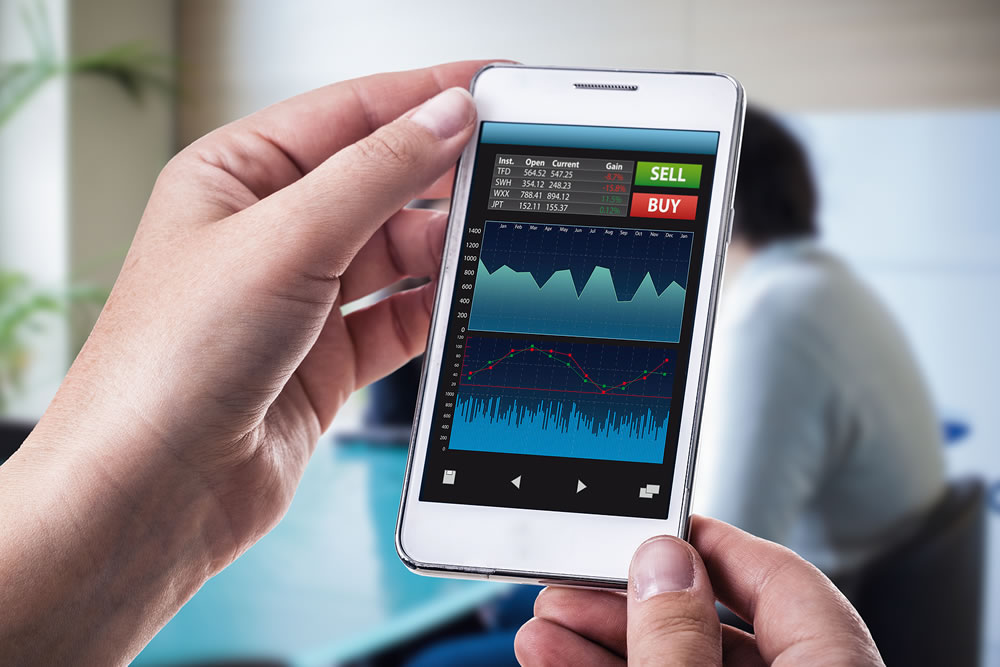
2. Range trading
Similar to our favourite strategy, the Breakout, Range trading is a very popular strategy implemented by forex rookies, and it’s easy to see why. By adhering to the principles of support and resistance, range traders can make small, but consistent, gains on currencies less prone to volatile fluctuations.
If, over a period of time, currencies can be seen to bounce reliably between support and resistance prices, a Range trader can simply apply these principles to purchase at the support price, holding on to it in the faith that the currency will return to its resistance value in the medium term, and then offloading it when it reaches the resistance value they wish to sell at.
3. Momentum trading
Momentum traders are here for a good time, and not for a long time. Instead of analysing a particular currency over a longer period, they focus firmly on the currency’s current direction of travel.
Momentum traders base their decision making on the notion that predictions can be made by the strength of travel in a direction, or the volume of trades being placed on a currency. This momentum, therefore, allows a trader to make an investment or offload currency based on the weight of movement.
For example, if a currency is increasing in value rapidly, that strength of movement indicates that it will continue to do so. However, a slowing increase or flattening out of value may be considered by a momentum trader as an indicator that value is about to plummet, thus causing them to sell their held currency. The inverse is also true, in that a trader may purchase a currency that is beginning to flatten out after a downward trend, in the belief that this forewarns a likely value increase.
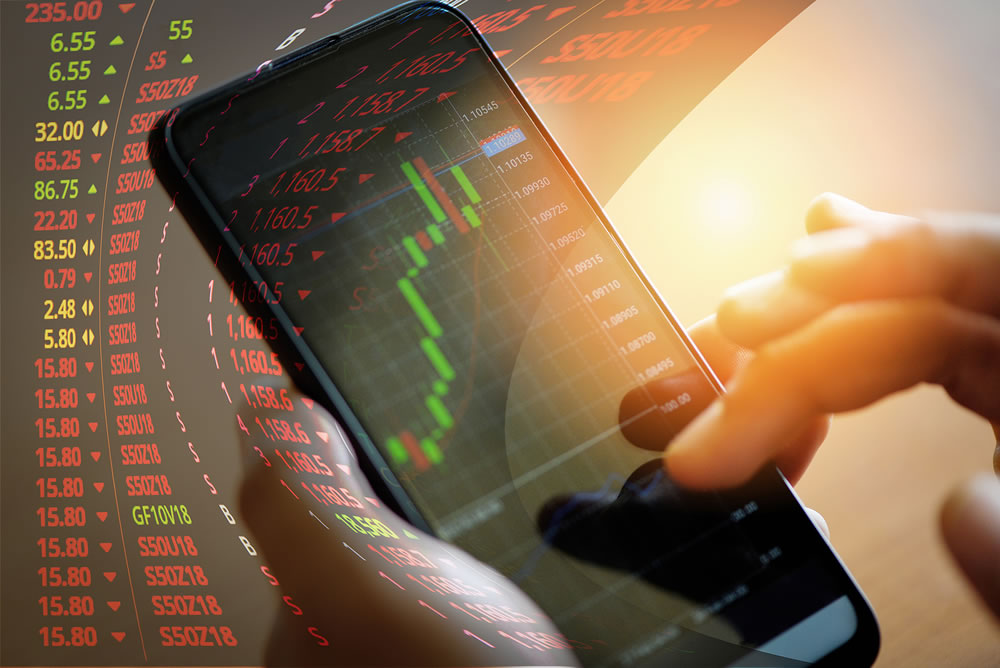
4. Carry trading
Carry trading is arguably the most technical of these simply laid out strategies, and relies upon the trader’s ability to leverage currencies against one another for profit. It is lucrative, but also risky.
The carry strategy involves borrowing in a low interest rate currency and using it to purchase another currency with a higher interest rate or rate of return. This is often seen in practice with the pairing of the Australian dollar and the Japanese yen – which has a near zero interest rate.
It is the forex equivalent of using a 0% credit card to purchase stocks, in the belief that investing smartly in stocks will see the investor repay the credit card bill and be left with a tidy profit at the end of it.
Understanding the risks
There are risks with every trading strategy. Traders must be careful and not risk any money that you cannot afford to lose. Remember that as high as 85% of the retail traders lose money. There is no guarantee of profits with forex trading.
Do watch out for forex trading scams and don’t use excessive leverage with trading as this can result in huge losses. And finally, never risk more than 1-2% of your trading capital on a single trade.
Disclaimer: Investing money carries risk, do so at your own risk and we advise people to never invest more money than they can afford to lose and to seek professional advice before doing so.












